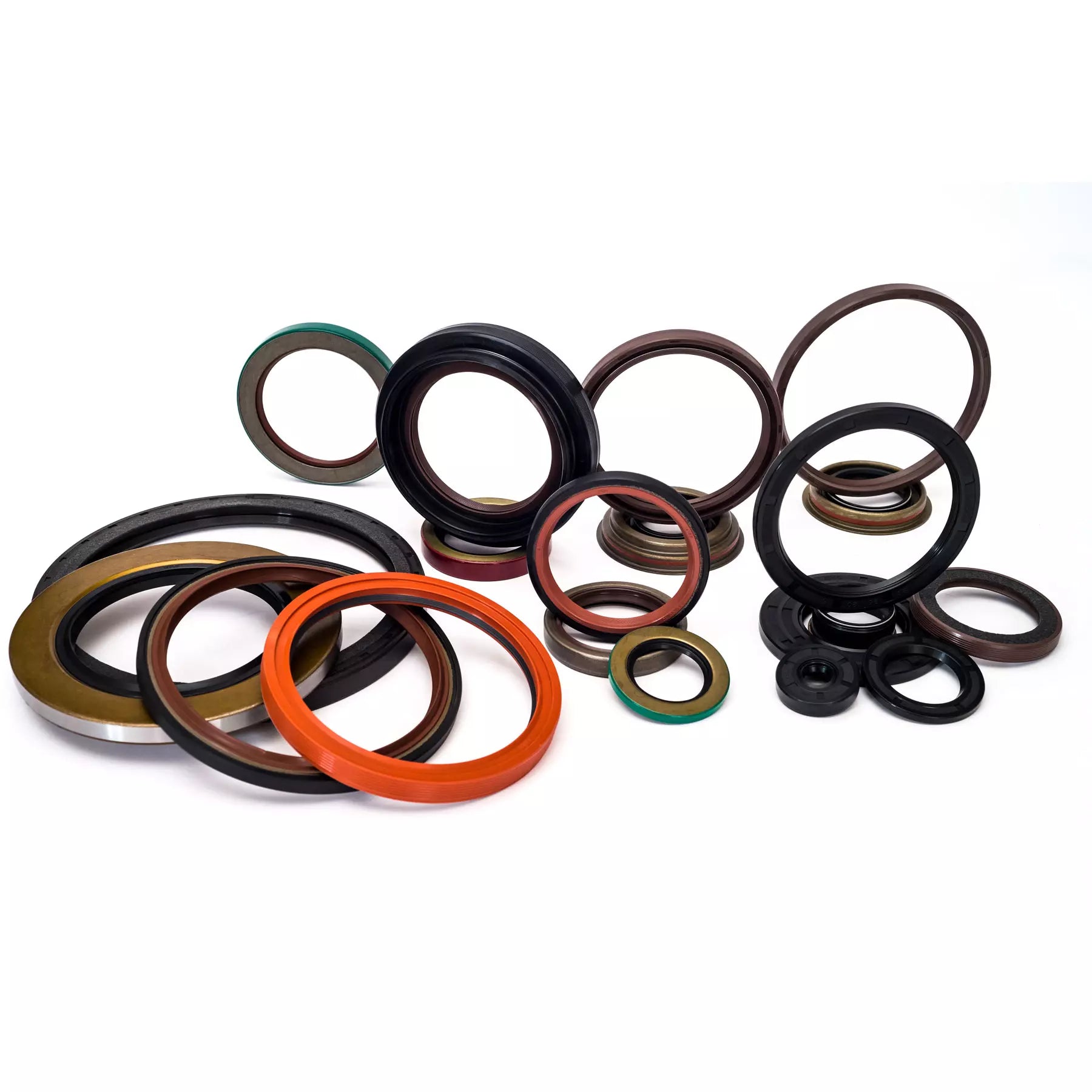Discussion on Sealing Defects and Failure
 Seals are an important component of various industries, ensuring sealing, preventing leaks, and maintaining operational efficiency. However, their effectiveness may be affected by a series of defects, each with its own consequences. Preventive measures are crucial in preventing seal failure and its related impacts. Understanding the types and effects of sealing defects and taking preventive measures is crucial to ensure the reliability and lifespan of the sealing system.
Seals are an important component of various industries, ensuring sealing, preventing leaks, and maintaining operational efficiency. However, their effectiveness may be affected by a series of defects, each with its own consequences. Preventive measures are crucial in preventing seal failure and its related impacts. Understanding the types and effects of sealing defects and taking preventive measures is crucial to ensure the reliability and lifespan of the sealing system.
Sealing defect type:
Material degradation: Over time, seals can degrade due to exposure to harsh environmental conditions, chemicals, or high temperatures, resulting in loss of elasticity and integrity. In addition, the phenomenon of "algal blooms" caused by the migration of additives to the surface of the seal can accelerate material degradation and damage its integrity.
Improper installation: Incorrect installation procedures can lead to misalignment, uneven stress distribution, or damaged seals, thereby affecting their effectiveness.
Design flaw: Improper design or selection of seals for specific applications may result in premature failure or inability to withstand operational requirements.
Wear and tear: Regular wear and tear of operating cycles, friction, or abrasive substances can lead to the deterioration of seals and shorten their lifespan.
Manufacturing defects: Defects introduced during the manufacturing process, such as inaccurate dimensions, surface defects, or material impurities, can weaken the seal and make it prone to failure.
O-ring fracture (compression)

The impact of sealing defects:
Security risk: Sealing failure of critical systems (such as those used in aerospace, automotive, or medical equipment) may pose significant safety hazards to personnel and the public.
Environmental pollution: leakage of industrial equipment or pipeline seals
Operation shutdown: Unexpected sealing failures may cause the production process to come to a halt, resulting in costly downtime, missed deadlines, and revenue losses.
Equipment damage: Sealing defects may cause expensive mechanical and component damage, requiring expensive repairs or replacements.
Reputation damage: Continuous sealing issues can damage the company's reliability and quality reputation, affecting customer trust and market competitiveness.
Preventive measures:
Regular maintenance: Implementing proactive maintenance plans to inspect, replace, or lubricate seals can extend their lifespan and prevent unexpected failures.
Quality assurance: Strict quality control measures are adopted during the manufacturing and installation of seals to minimize defects and ensure optimal performance.
Material selection: Choose seals made of materials compatible with your temperature, chemical, and pressure requirements to enhance durability and elasticity.
Training and Education: Provide comprehensive training for personnel involved in sealing installation, maintenance, and troubleshooting to minimize human errors.
Monitoring system: Implement a real-time monitoring system to detect early signs of seal degradation or failure for timely intervention.
Maintaining the reliability and lifespan of the sealing system requires taking proactive measures to prevent sealing failures and mitigate their impact. By understanding various types of sealing defects, recognizing their potential consequences, and implementing preventive measures, the industry can maintain operational integrity, minimize risks, and ensure the continued reliability and efficiency of sealing systems.
If you need help navigating this process to find the seal that suits your project, please consult DMB seal team. We have over 15 years building relationships with global seal manufacturers, providing you with thousands of types of seals, gaskets, O-rings, and other special products suitable for any application.

